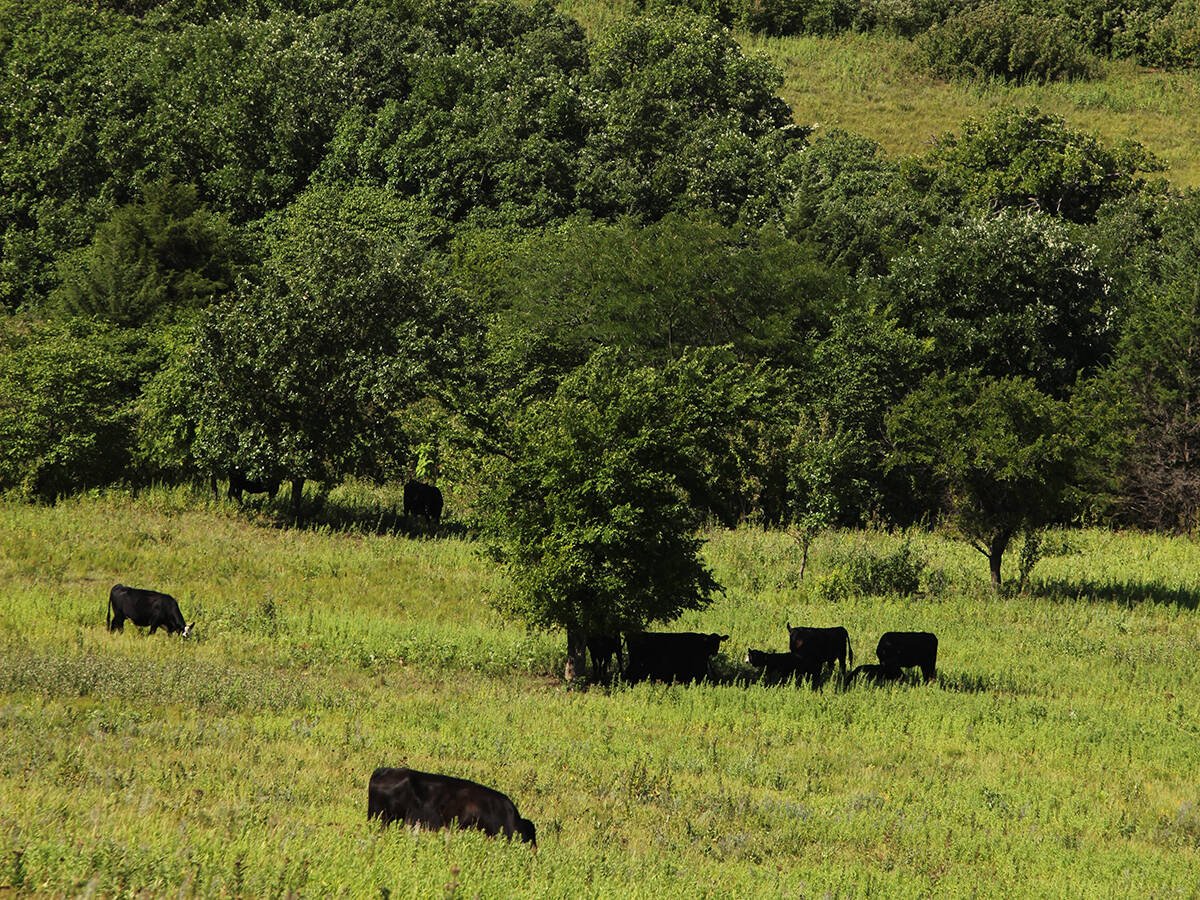WINNIPEG — A final report on Canada’s nineteenth case of BSE is not expected to be ready until later this fall.
The BSE-infected animal was diagnosed on an Alberta purebred operation in February and was the second case on the same farm.
Born in 1999, two years after a strict feed ban went into effect, the affected cow created unexpected trouble. Some major markets closed their borders and Canada saw its bid to become a negligible risk country postponed until 2020.
It was due for the upgrade from controlled risk status next year.
Read Also

Beef cattle more prone to trace mineral deficiencies
The trace mineral status of our cows and calves is a significant challenge for western Canadian producers and veterinarians.
“There have been about 200 (animals) born after the ruminant ban cases around the world and virtually every investigation basically came up with no theory as to how it happened. There was no definitive smoking gun they identified,” said Dennis Laycraft, executive vice-president of the Canadian Cattlemen’s Association.
The situation was discussed at the CCA semi annual meeting in Winnipeg Aug. 11-14.
Ireland reported a case in June and has had 1,650 cases since 1989. The country is anxious to promote its grass-fed beef export program so it is motivated to see changes at the world animal health organization (OIE), which has guidelines governing BSE status and trade.
To be considered a negligible risk status area, a country must have no new cases of BSE for 11 consecutive years. Otherwise, the designation is controlled risk.
During the CCA foreign trade meeting last week, a proposal was tabled to work with the federal government to seek a revision to the OIE BSE code involving shorter time frames.
The proposal suggested working with the Five Nations Beef Alliance partners and the International Meat Secretariat to ensure that beef producer organizations in other countries encourage their governments to seek the same revision to the OIE code.
When Canada’s most recent case was announced, China, Peru, Indonesia, South Korea and Taiwan refused Canadian beef. China resumed trade April 9 but the others will not until they see the final report from the Canadian Food Inspection Agency, said John Masswohl of the CCA.
South Korea was once a major buyer of Canadian beef but the longer Canada is out of that market, the more likely it will be considered an unreliable supplier and opportunities will be lost.
Sales to South Korea ere expected to reach about $50 million under a new free trade agreement signed last year.
Peru was a growing market for livers at around $2.5 million in 2014 and Indonesia was the primary buyer of Canadian meat and bone meal. Taiwan took about $10 million worth a year.
Other countries use Canada’s status as a barrier.
“Mexico seems to have taken the position (that) we have to wait until we have negligible risk status,” said Masswohl.
Mexico only accepts beef from cattle younger than 30 months but during pre-BSE it was an important market for beef from mature cattle. Mexico is allowed to ship beef to Canada but only small quantities have arrived.
China said five years ago it would provide full access through a staged opening but it did not say how long those stages would be. There is speculation the BSE case has delayed the agreement for access beyond boneless meat from cattle younger than 30 months.
There are other conditions still to be negotiated with China over definitions of what constitutes chilled, frozen and fresh beef. China also insists on approving individual packing plants and that has been a slow process.















